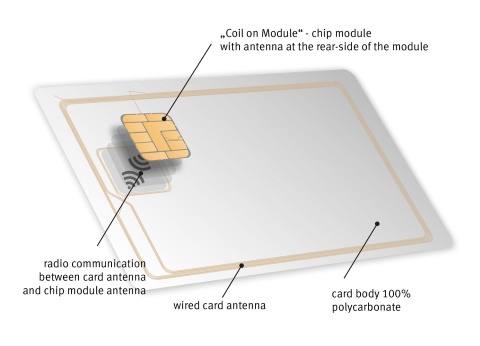Yeah, that. In the US at least banks save a bit of money by buying cards with CoM packages instead of soldered connections. They’re becoming pretty prevalent. I want to create an avenue for conversion of those payment cards in a conventional flex implant form factor.
Sorry, it may seem unrelated to the stickers, but from a technical perspective they’re functionally identical. My development and testing on one will directly translate to the other, so I grouped them here. This is just the first time I’ve mentioned the CoM packages on the forum, but we’ve been talking about them on the discord for a bit now.
